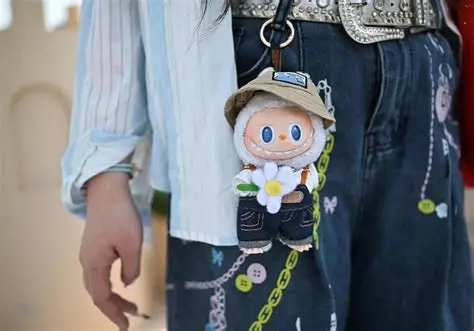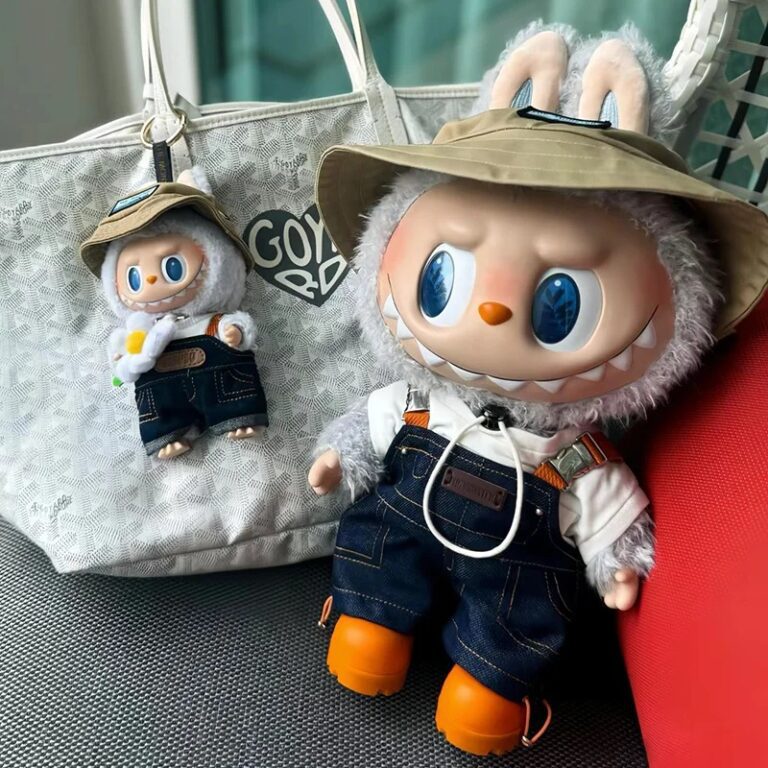The doll Labubu was created in 2015 by the artist Kasing Lung, a Hong Kong designer who grew up in Europe and makes art inspired by Nordic folklore tales. It was part of his illustrated series called The Monsters, where the characters were “monstrous little elves” with a mix of tenderness and malice.
Initially appearing in artisanal pieces from How2Work in 2015, its popularity soared in 2019 when Pop Mart, a toy retail giant in China, began producing it in its iconic format.
They stand out for having round and furry bodies, big eyes, pointed ears, and a mischievous smile with several sharp teeth. The figures are launched in different thematic series or special collaborations, such as with Coca Cola or the series One Piece.
As of June 2025, more than 300 variants have already been counted, including from small figures (from 15 USD) to giant editions of almost one meter that reach prices exceeding 170,000 USD at auctions.
In 2024, Labubu sales generated estimated revenue of 6,300 million yuan (about $870) in just six months, according to internal reports from Pop Mart. The resale frenzy reached second-hand platforms, with search increases exceeding 800% in countries like Spain.
The fame of the Labubus took off especially thanks to social networks like TikTok and Instagram of celebrities like Lisa from BLACKPINK, Rihanna, Dua Lipa and Paul Pogba, who have also worn these dolls in their accessories. This media boost boosted sales and increased demand in resale.
In the Dominican Republic, figures like Sandra Berrocal and Denise Peña have popularized this character as part of their outfits.
Cultural Relevance of the Labubu
Beyond being a toy, it has become a cultural cult object. Even in places like Thailand and Singapore, it has been used as a good luck charm or integrated into religious festivities, which has generated mixed reactions.
However, in countries like Russia, there have been voices urging to restrict its sale due to its “disturbing” appearance, arguing that it could negatively impact the mental health of children.

The trajectory of those dolls reflects a remarkable transformation, from an alternative artist’s character to a cultural phenomenon of consumption, fashion, and global reach. Their success combines factors of original design, marketing strategies, viral dissemination, and the impact of celebrities. Likewise, their expansion has opened debates about the role of collectibles in modern society, between the artistic, the commercial, and the symbolic.








